
How to Use vl53l0xv2: Examples, Pinouts, and Specs
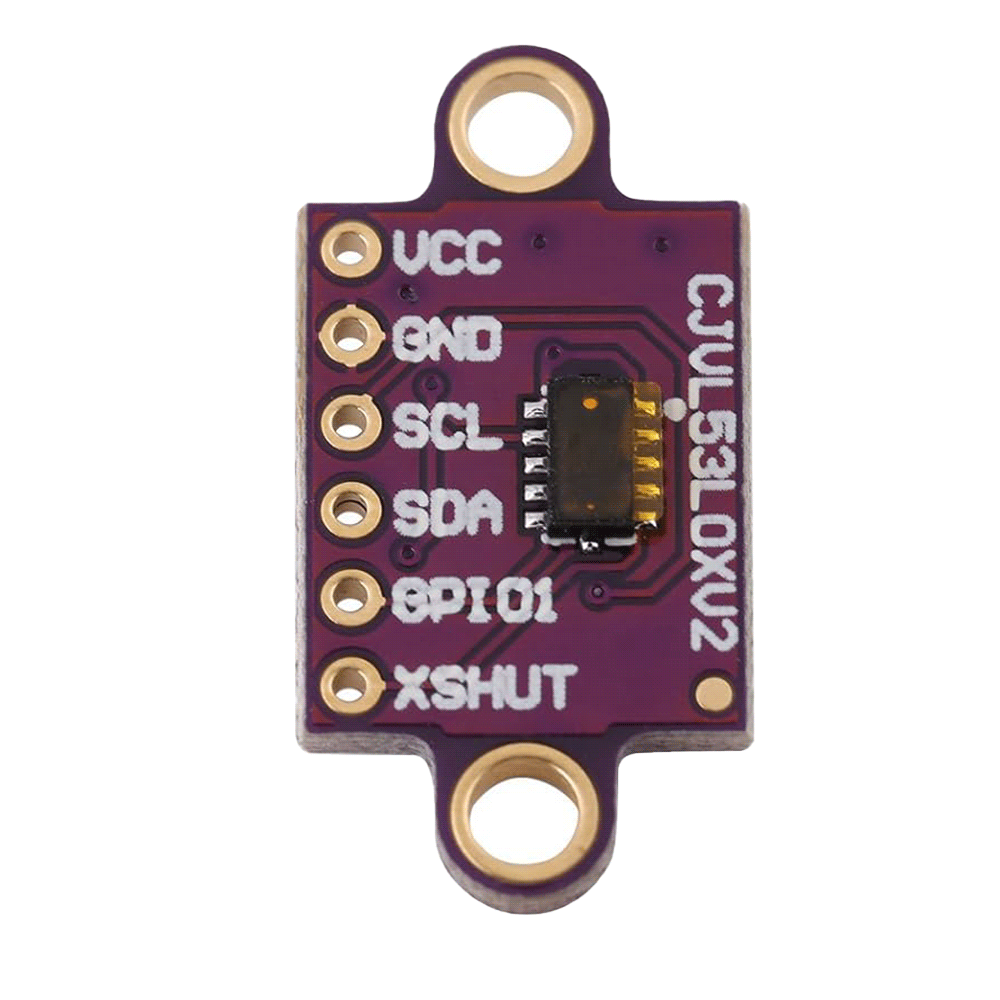
 Design with vl53l0xv2 in Cirkit Designer
Design with vl53l0xv2 in Cirkit DesignerIntroduction
The VL53L0XV2 is a state-of-the-art Time-of-Flight (ToF) ranging sensor that provides accurate distance measurements by utilizing a laser light source. This sensor is capable of measuring distances up to 2 meters with high precision and speed, making it an ideal choice for a wide range of applications including robotics, drones, user detection, and gesture recognition systems.
Explore Projects Built with vl53l0xv2
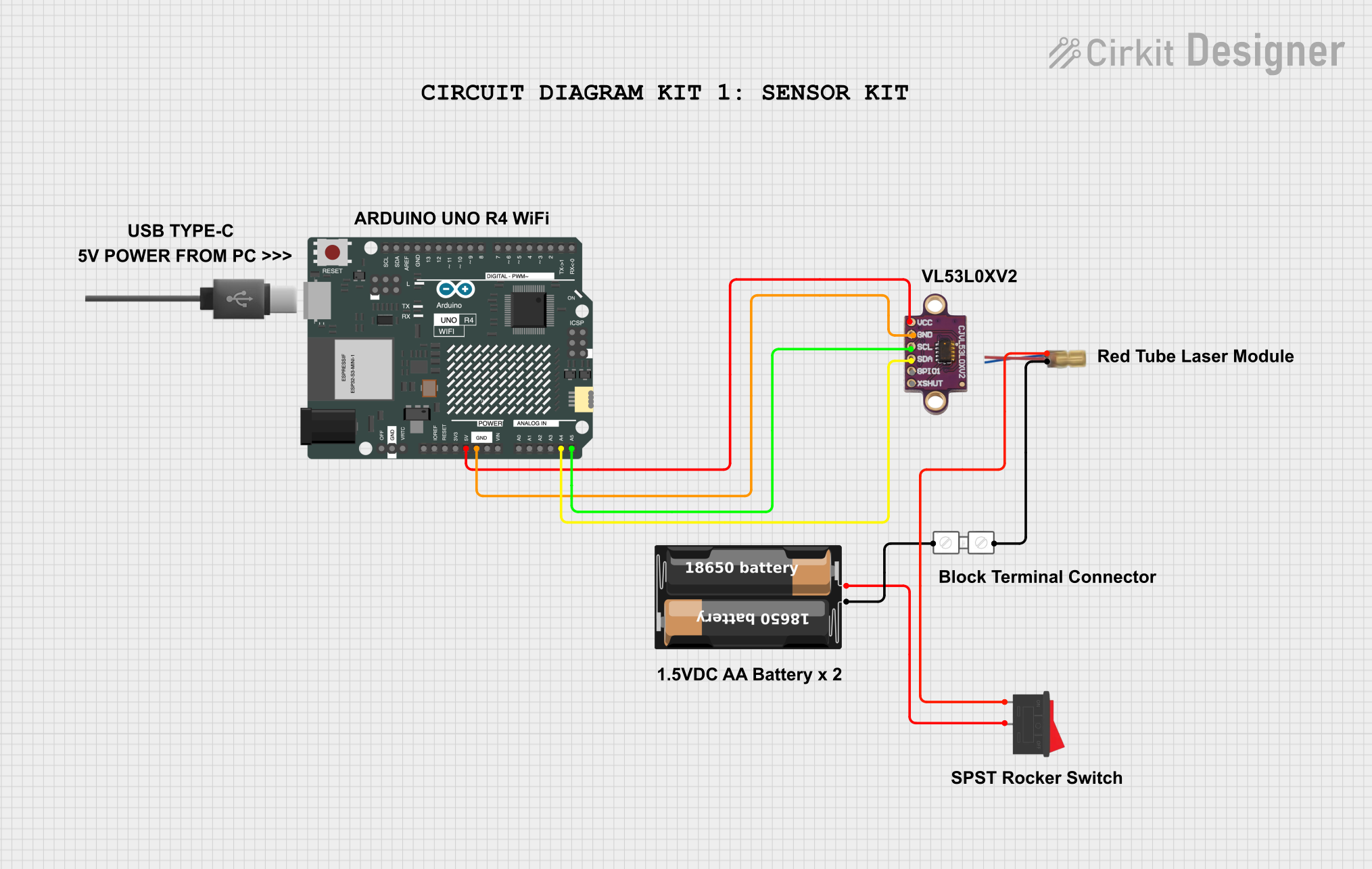
 Open Project in Cirkit Designer
Open Project in Cirkit Designer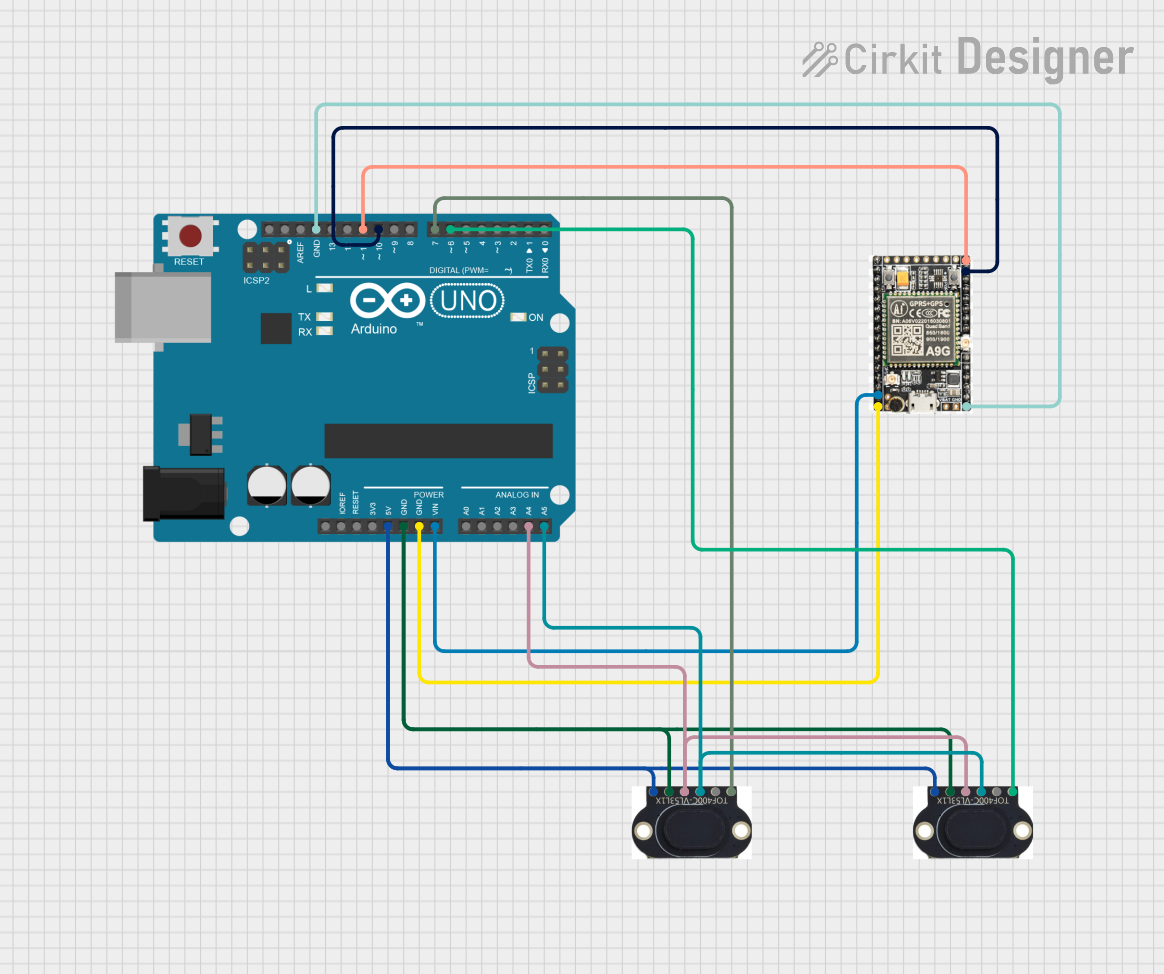
 Open Project in Cirkit Designer
Open Project in Cirkit Designer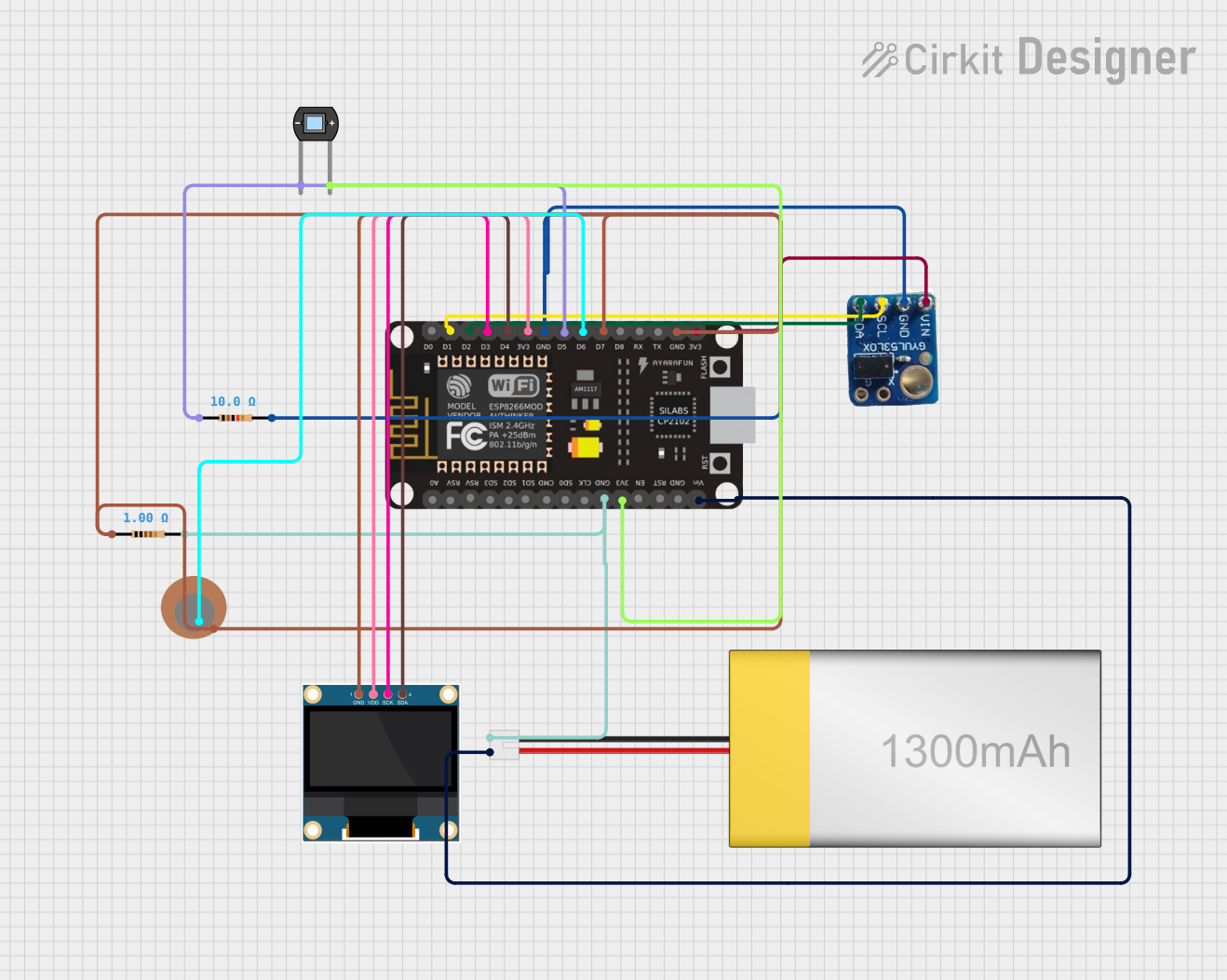
 Open Project in Cirkit Designer
Open Project in Cirkit Designer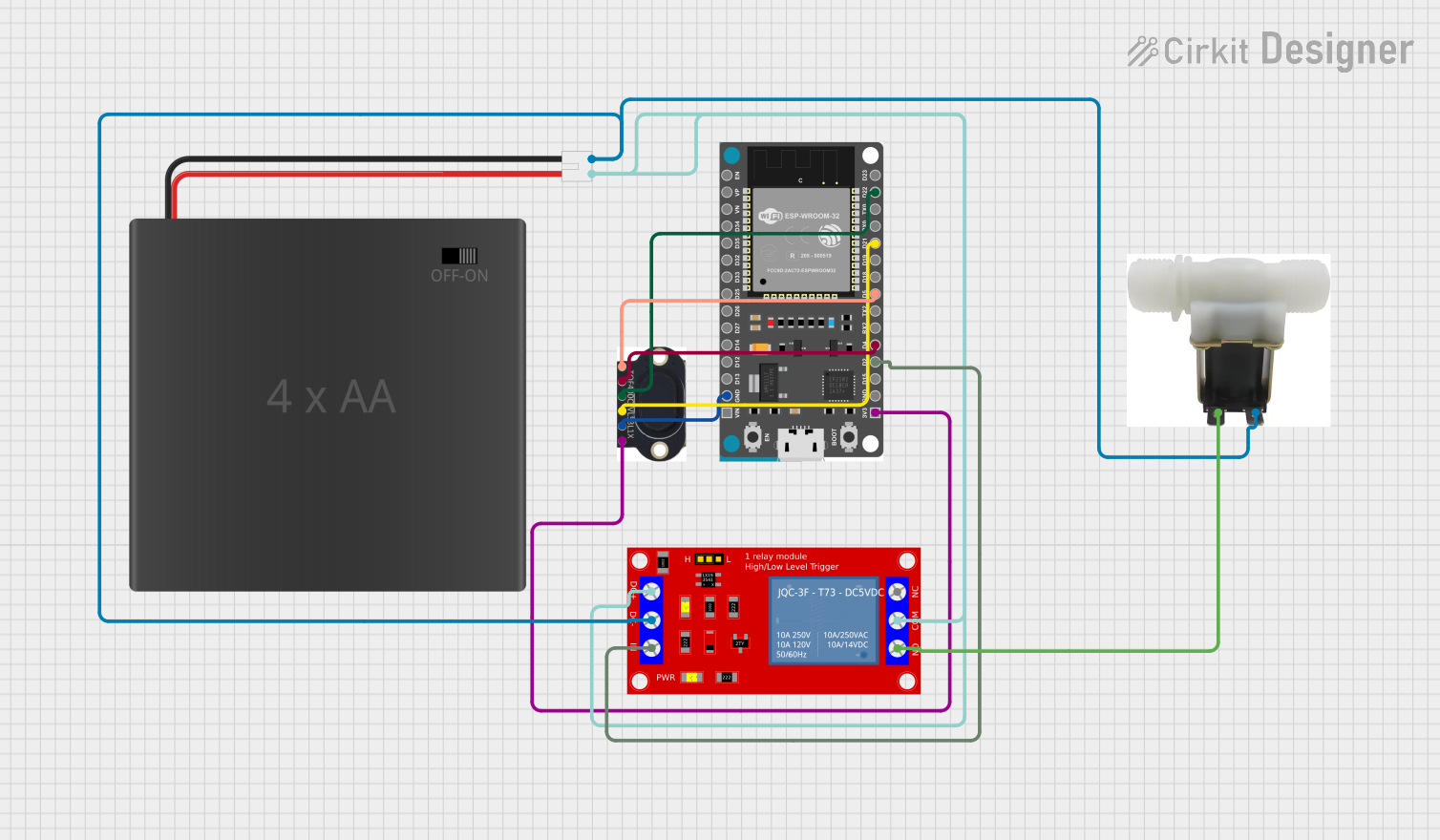
 Open Project in Cirkit Designer
Open Project in Cirkit DesignerExplore Projects Built with vl53l0xv2

 Open Project in Cirkit Designer
Open Project in Cirkit Designer
 Open Project in Cirkit Designer
Open Project in Cirkit Designer
 Open Project in Cirkit Designer
Open Project in Cirkit Designer
 Open Project in Cirkit Designer
Open Project in Cirkit DesignerTechnical Specifications
Key Technical Details
- Type: Time-of-Flight (ToF) ranging sensor
- Light Source: Class 1 laser (940 nm)
- Operating Voltage: 2.6V to 3.5V
- Peak Current: 20 mA during active ranging
- Maximum Range: Up to 2 meters
- Resolution: 1 mm
- Interface: I2C (up to 400 kHz)
- Field of View: 25°
- Emitter: VCSEL (Vertical Cavity Surface Emitting Laser)
Pin Configuration and Descriptions
| Pin Number | Name | Description |
|---|---|---|
| 1 | VDD | Power supply (2.6V to 3.5V) |
| 2 | GND | Ground connection |
| 3 | SDA | I2C Data Line |
| 4 | SCL | I2C Clock Line |
| 5 | XSHUT | Shutdown pin (active low) |
| 6 | GPIO1 | Programmable interrupt output |
Usage Instructions
Integration into a Circuit
- Power Supply: Connect the VDD pin to a 2.6V to 3.5V power source and the GND pin to the ground.
- I2C Communication: Connect the SDA and SCL pins to the corresponding I2C data and clock lines on your microcontroller.
- Shutdown Control (Optional): The XSHUT pin can be used to power down the sensor when not in use for power saving. Connect this to a GPIO on your microcontroller if this functionality is desired.
- Interrupt (Optional): The GPIO1 pin can be configured to provide an interrupt signal. Connect this to an interrupt-capable GPIO on your microcontroller if you wish to use this feature.
Best Practices
- Ensure that the power supply is stable and within the specified voltage range.
- Use pull-up resistors on the I2C data and clock lines if they are not already provided by the microcontroller.
- Avoid exposing the sensor to direct sunlight or strong infrared sources to prevent measurement errors.
- Keep the sensor lens clean and unobstructed.
Example Code for Arduino UNO
#include <Wire.h>
#include <VL53L0X.h>
VL53L0X sensor;
void setup() {
Serial.begin(9600);
Wire.begin();
sensor.init();
sensor.setTimeout(500);
// Start continuous back-to-back mode (take readings as
// fast as possible). To use continuous timed mode
// instead, provide a desired inter-measurement period in
// ms (e.g. sensor.startContinuous(100)).
sensor.startContinuous();
}
void loop() {
Serial.print("Distance: ");
Serial.print(sensor.readRangeContinuousMillimeters());
if (sensor.timeoutOccurred()) { Serial.print(" TIMEOUT"); }
Serial.println();
}
Troubleshooting and FAQs
Common Issues
- No Data on I2C: Check connections and ensure pull-up resistors are in place. Also, verify that the correct I2C address is being used in your code.
- Inaccurate Readings: Ensure there are no obstructions or reflective surfaces near the sensor that could cause incorrect readings.
- Intermittent Operation: Check for loose connections and ensure that the power supply is stable and within the specified range.
FAQs
Q: Can the VL53L0XV2 be used outdoors? A: The VL53L0XV2 can be used outdoors, but direct sunlight may interfere with its operation. It's best used in controlled lighting conditions.
Q: What is the maximum I2C speed the VL53L0XV2 supports? A: The VL53L0XV2 supports I2C speeds up to 400 kHz.
Q: How can I extend the range of the sensor? A: The range is fixed and cannot be extended beyond the maximum specified distance of 2 meters.
Q: Is the VL53L0XV2 sensor waterproof? A: No, the VL53L0XV2 is not waterproof and should be protected from moisture.
For further assistance, consult the manufacturer's datasheet and application notes, or contact technical support.